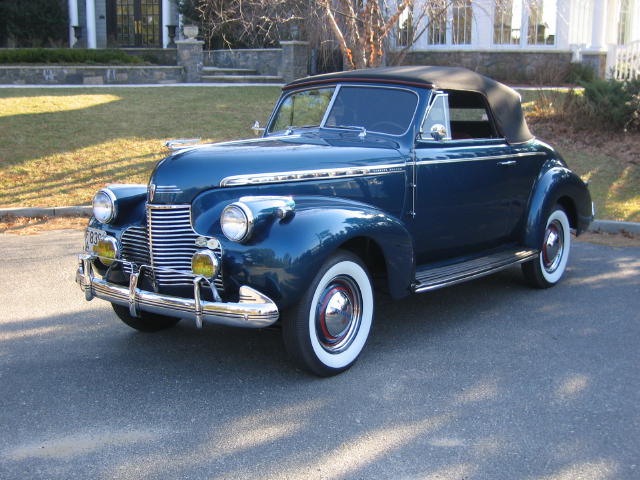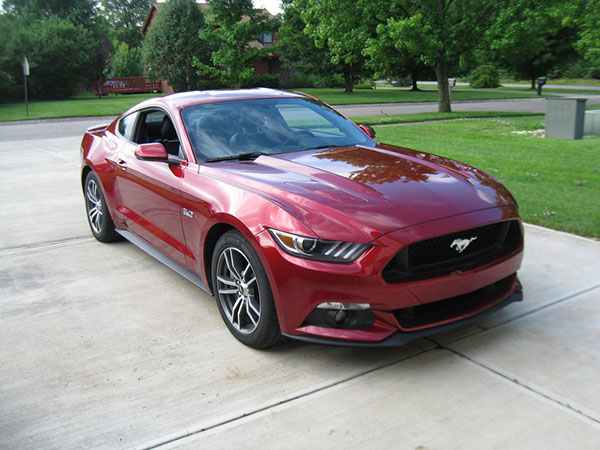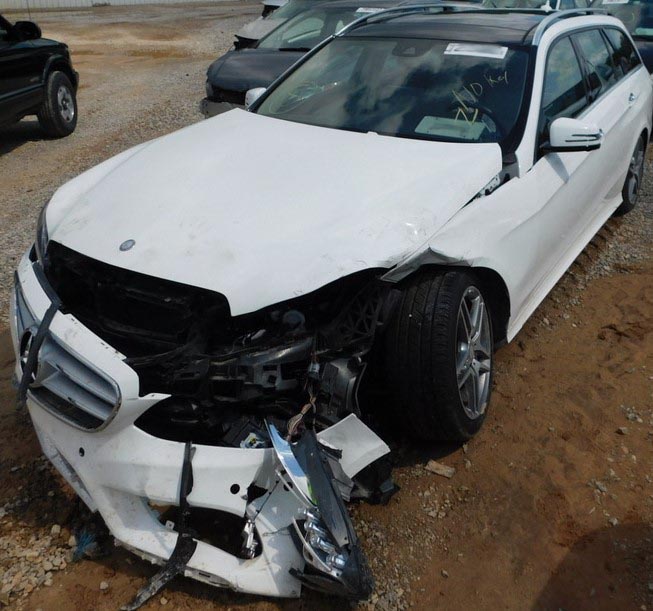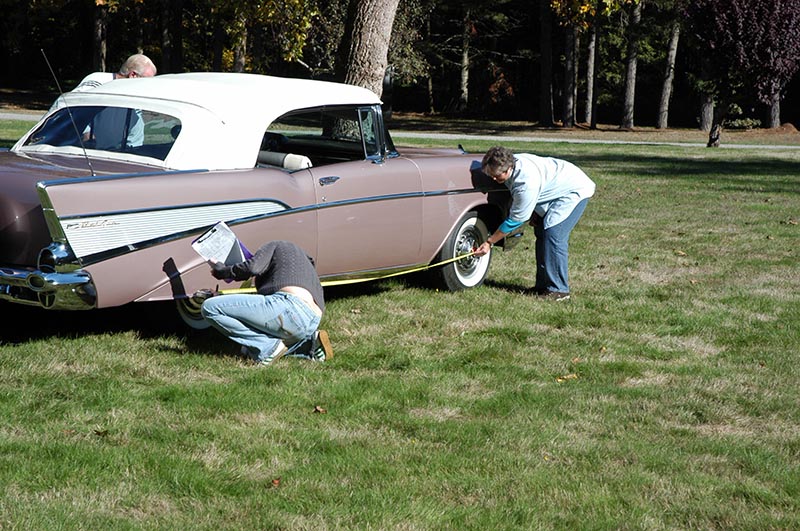
A “Classic” with a capital “C” is defined by the Classic Car Club of America as a “fine” or “distinctive” automobile, either American or foreign built, produced between 1915 and 1948. To others, a “classic” is a pretty broad term that covers many vehicles of a certain age. An antique automobile, muscle car, street rod and classic car are all a type of collector car. What sets a collector car apart and contributes to its value?
As a rule of thumb, if it was fast, expensive, and impractical (think convertibles and 2-seaters) it is typically going to be more valuable and retain its value longer than 4-passenger coupes and 4-door sedans. Names that are associated with sport racing and wealthy lifestyles like Ferrari, Corvette, or Aston Martin are likely to be considered collector models now and in the future.
But not all collector cars are as easily identified. There are several factors that can render a car “collectible”:
Rarity
In the 1960s, muscle car manufacturers produced a limited number of vehicles equipped with performance packages that were intended to qualify the cars for racing. The 1969 Dodge Charger 500 was built in limited numbers to race in NASCAR and was equipped with 440 or 426 HEMI engines, more aerodynamic noses, and more flush rear window than standard models. Likewise, the 1969 Ford Torino Talladega was a part of the NASCAR Aero Wars and can boast collector royalty thanks to its 428 Cobra Jet engine.
Edsels and Tuckers are also excellent examples of rare, popular, and valuable collector cars, but rarity isn’t always a guarantee of value. In some cases, limited production of a model may have been due to a lack of popularity when it was produced. There may not be very many cars of that model merely because the car never gained popularity, leading the manufacturer to halt production. Just because it’s rare doesn’t mean it will be valuable.

Trends
The collector car market tends to change with generations and trends. Tastes change with time and the cars collectors want vary accordingly. The 1932 Ford T-Bucket street rods were all the rage in the 1950s. While they retain their popularity, they now stand alongside other models that have become popular with the progression of time. Where the ’57 Chevy used to stand supreme now we find Boncos, Blazers, Land Cruisers, and other “first” SUV models demanding attention as well.
Provenance
Models featured in movies or driven by celebrities will always retain a certain collector chic, but more substantial value is attached to the actual vehicle in the movie or owned by a celebrity. Examples range from those who want to own the original Eleanor Mustang used in the Gone in 60 Seconds movie to fans who dream of owning the 1953 Cadillac Eldorado convertible that Joe Dimaggio gave to Marilyn Monroe. When there is only one, you can expect the collectability and value to be pretty high. “Tributes” – clones of the one and only – may also have a certain value, but cannot likely compare to the price the original can command.
Documentation
In cases where provenance is the determining factor for collector car status, it is vital that the car’s previous ownership is fully documented. The difference between a mint condition 1964 Buick Wildcat and the 1964 Buick Wildcat owned by Prince could be thousands in value. Without documentation proving that the car is the one and only model owned by the famous recording star, your Wildcat is likely going to peak at about $35,000 to $40,000 in value (if it’s in great original condition).
Condition
The fact that condition plays a significant role in the determination of value is undisputed. While some rare vehicles may never leave the garage, collectors demand a well-maintained vehicle or a fresh restoration executed with original parts. A collector car appraisal performed by a certified appraisal agent can help you assess and document the condition and authenticity of a vehicle.
As mentioned previously in terms of provenance, documentation is a part of the vehicle’s value. Thorough documentation including original build sheet, factory card, manuals, mileage, ownership, restoration, and maintenance history contributes to the effect of condition on value. Complete documentation from factory to final collector is an extremely attractive selling point and an invaluable part of a collector car’s ability to establish and retain value.

Personal Value
Ultimately collector car value lies in the heart of the collector and the size of his checkbook. The buyer who wants to remember when he and the wife first met might be willing to go to great lengths to find a well-maintained 1996 Chevrolet Beretta Z26, even though the car is worth little more than $600. No one would have ever assumed that the 1981 Delorean would become a collector car that could command today’s prices before Back to the Future made it a favorite among movie fans. Collectors know – beauty is often in the eye of the beholder.
If you would like to document your collector car, let one of our certified collector car appraisers help you establish and record your car’s value. If you are considering purchasing a collector model, let our appraisal experts help you determine an accurate price before you invest. Call us today!







